Keyboard ALT + g to toggle grid overlay
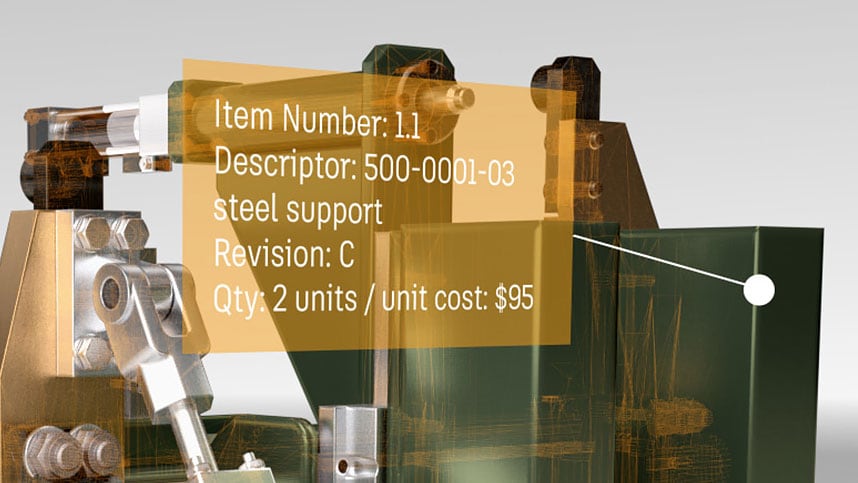
What is a bill of materials (BOM)?
A bill of materials is the listing of items that comprise a product. A BOM includes such details as item numbers, quantities, part descriptions, lifecycle state and other properties. BOM management helps you document, track and review every component in your product, prepare a product for manufacturing and more.
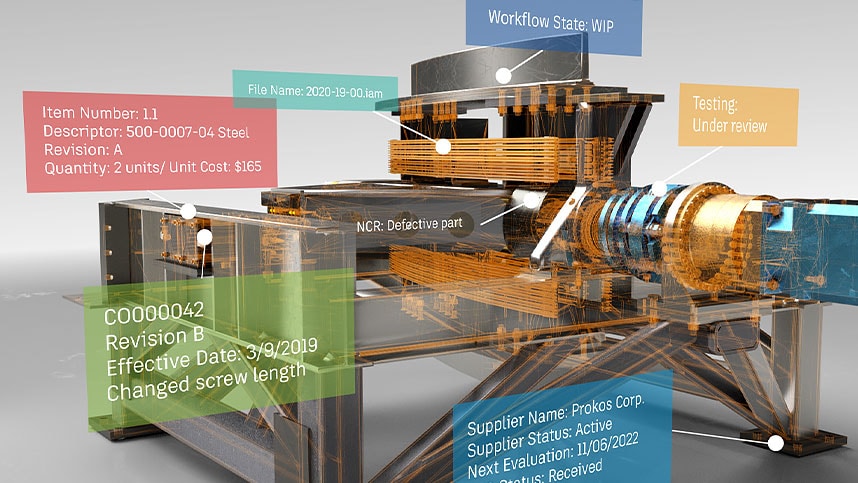
Webinar: Improve BOM management with PLM
During this webinar, you will learn how you can use PLM to configure, manage and share up-to-date BOMs across your organisation; compare different BOMs interactively with visual redlines to see changes; include suppliers and customers in specific workflows for collaboration; manage supplier qualification and approved supplier parts (AML/AVL); release your drawings to manufacturing with metadata; and more.
BOMs are too important to leave open to errors
Manage, visualise and share up-to-date BOMs across your organisation.
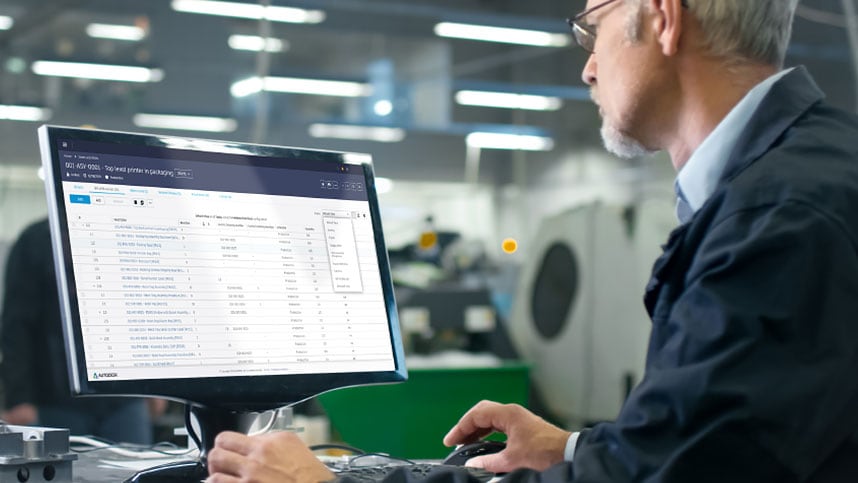
Comprehensive and structured BOMs
Configure and manage structured BOMs and items in a centralised system where authorised users can access the information they need, when they need it. Ensure component part and assembly information is easy to navigate and understand. Apply revision control to ensure everyone is referencing the correct version and reduce the risk of downstream errors and re-work.
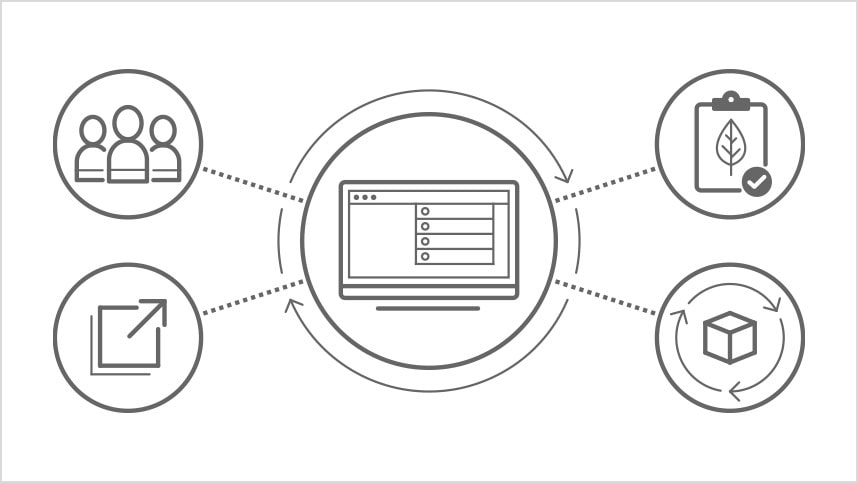
Configurable context-specific BOM views
Easily define multiple, configurable BOM views so people can see contextual product information most relevant to their role. Provide stakeholders across your organisation with real-time product information for better decision-making and quicker workflows. Include suppliers and customers in specific workflows governed by access control.
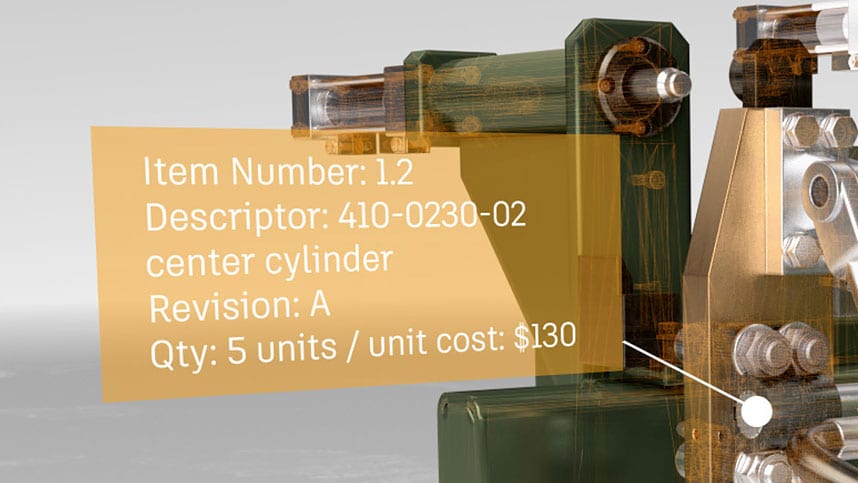
Create and share your engineering BOM
Rather than manually managing spreadsheets, create your engineering BOM inside the same PDM application you use to manage your design data. This ensures it is always up-to-date with the latest product design and development data. Then share your BOM with downstream functions such as procurement, manufacturing, quality and service, so they are working with a complete definition of the product for better product performance and business results.
Bill of materials management with PLM
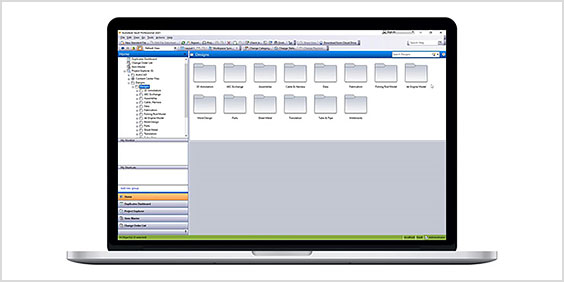
File management
Product-related files and documents are uploaded and attached to items and BOMs ensuring that the correct specifications, procedures and drawings are used.

Search and navigation
Quickly find relevant product information with fast, intuitive search and ‘where used’ features. See exactly what was manufactured or delivered on a certain date.

BOM comparisons
Easily perform BOM comparisons of different revisions and configurations. Quickly identify what’s changed when releasing a new product version. Analyse previous product iterations for compliance measures.
Discover PLM
Discover more benefits of product lifecycle management by taking a PLM business assessment.
Get started with product lifecycle management
Thank you for your interest.
Fill in the form to speak to a product expert about how to get started with product lifecycle management.